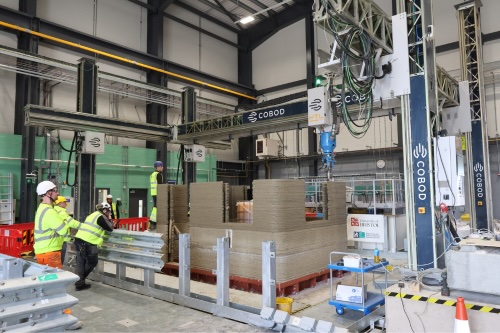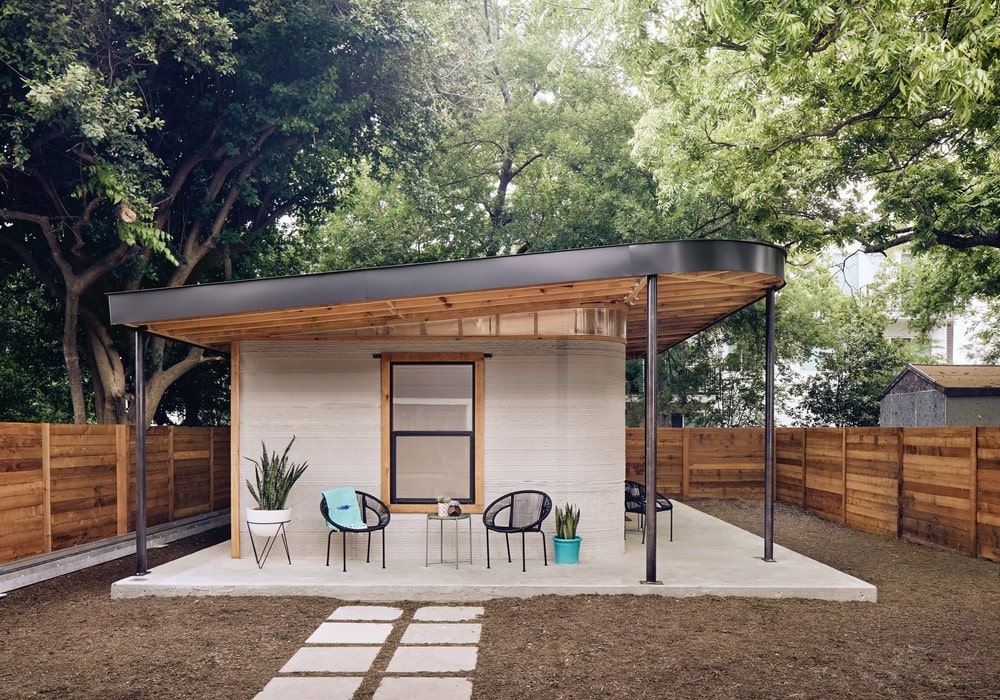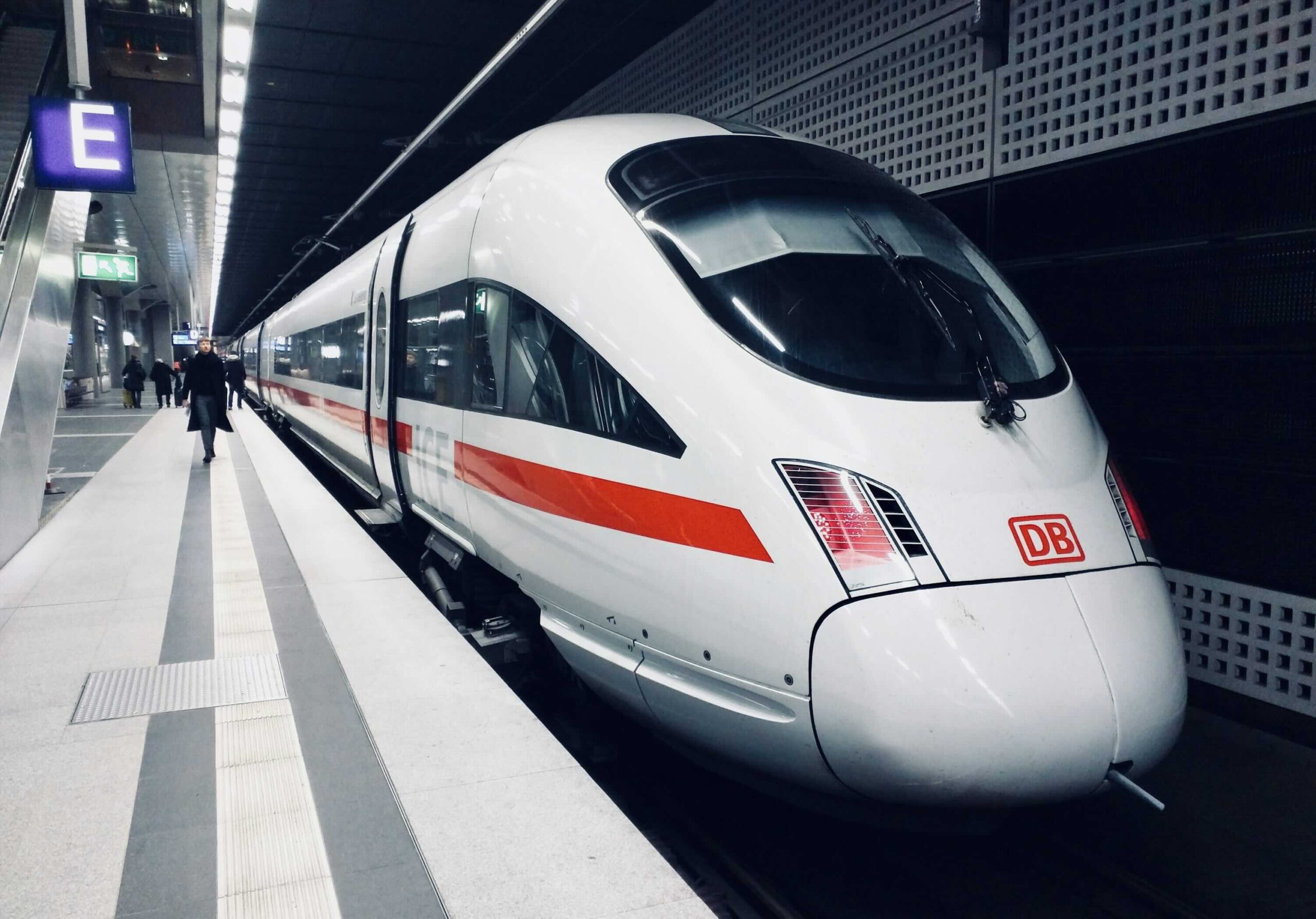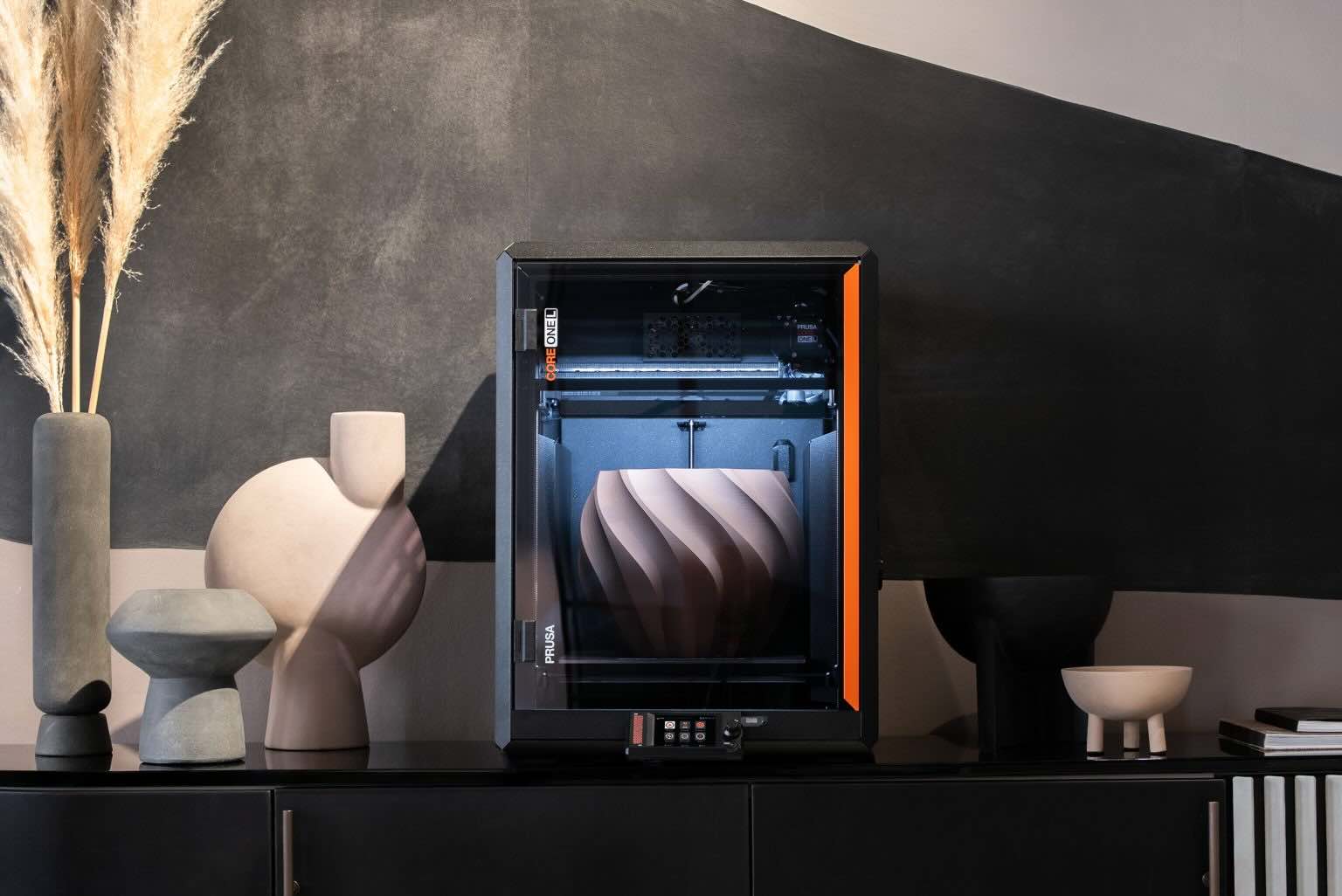Earthquake test on 3D printed homes conducted by University of Bristol researchers marks a world-first experiment with far-reaching implications for construction safety. Scientists used the UK’s largest shaking table to simulate medium-magnitude earthquake conditions on a specially constructed 3D-printed concrete structure, aiming to understand how this emerging building technology performs under seismic stress.
The 3D printed home seems to have been constructed using a COBOD 3D printer. The ground-breaking test, carried out at the university’s Soil Foundation Structure Interaction Laboratory (SoFSI), represents a significant step towards validating whether 3D printed concrete buildings can meet existing safety standards in earthquake-prone regions. With 3D printed construction gaining popularity worldwide due to its speed, affordability and sustainability benefits, addressing safety concerns has become a critical priority for researchers and industry professionals alike.
Earthquake Test on 3D Printed Homes Reveals Unique Challenges

The research team created a “quasi-real-scale” 3D printed concrete unit specifically for the experiment, which was then mounted on a sophisticated shaking table capable of supporting up to 50 tonnes. This specialised equipment allowed scientists to replicate real-world earthquake conditions through programmable movements, primarily horizontal motions that simulate seismic activity.
Led by Professor Anastasios Sextos and Dr Raffaele De Risi, the experiment followed a carefully structured protocol. The test began with low-intensity vibrations and gradually progressed to stronger, potentially damaging inputs that mimicked medium-magnitude earthquakes. Throughout each test sequence, researchers monitored structural responses using accelerometers, displacement sensors, and other gauges to capture comprehensive data about how the 3D-printed structure reacted to the simulated earthquake forces.
The main challenge in evaluating 3D printed buildings lies in their fundamental differences from traditional construction. While conventional concrete structures have well-established seismic behaviour patterns, 3D printed buildings introduce new variables such as layered deposition techniques, unique material properties, and non-traditional geometries. These differences necessitated a fresh approach to seismic testing to identify potential weaknesses specific to this construction method.
Implications for Global Construction Standards and Safety

The research findings from this experiment will play a crucial role in developing appropriate safety standards and design guidelines for 3D printed concrete structures in earthquake-prone regions. By identifying design parameters that optimise seismic performance, such as layer bonding strategies and reinforcement integration methods, the team hopes to provide essential guidance for engineers, architects, and policymakers.
Professor Sextos emphasised the global significance of this work, noting that earthquake safety affects millions of people worldwide, many of whom lack financial resources to protect themselves with traditional earthquake-resistant housing. The experiment represents what he called a “dramatic leap forward” in determining whether 3D printed homes can be safely deployed in seismically active countries.
The Bristol team’s work could potentially revolutionise earthquake-resistant construction by enabling the rapid, cost-effective production of homes, emergency shelters, and infrastructure with customised designs that meet specific seismic requirements. This approach might be particularly valuable in disaster-prone regions where quick construction of safe housing is often needed after earthquakes.
If 3D printed structures can demonstrate adequate seismic resilience, this could significantly influence building codes and regulations globally, potentially leading to broader adoption of 3D printing technology in mainstream construction while ensuring public safety remains paramount. The data collected will be used to validate computational models that predict seismic behaviour, further enhancing our understanding of how these innovative structures respond to earthquake forces.
Bridging Affordability and Safety in Modern Construction
The earthquake test on 3D printed homes highlights a growing focus on finding the crossroads between affordability and safety in modern construction methods. 3D-printed homes have gained attention for their potential to address housing shortages through rapid, lower-cost construction, but questions about their durability and safety have persisted.
By subjecting a 3D-printed structure to rigorous earthquake simulation, researchers are addressing these concerns head-on, providing evidence-based insights rather than relying on assumptions. This scientific approach ensures that as 3D-printing technology continues to evolve in the construction industry, safety considerations remain at the forefront of its development.
The earthquake test on 3D printed homes also demonstrates how technological innovation can potentially democratise access to safer housing. Traditional earthquake-resistant construction methods are often expensive, putting them beyond the reach of many communities in developing regions where earthquake risk is high. If 3D-printed structures can achieve comparable safety standards at lower costs, this could represent a significant advancement in making earthquake-resistant housing more widely accessible.
David Williams, who manages the SoFSI laboratory, noted that the facility’s capabilities extend beyond this specific test, as they can evaluate “anything that we can bolt to the table.” This suggests potential for further testing of various construction methods and materials in the future, contributing to an ongoing improvement in building safety standards worldwide.
As 3D printed construction continues to evolve from experimental projects to mainstream building methods, tests like these will be essential in ensuring that innovation does not come at the expense of safety. The University of Bristol’s pioneering work represents an important milestone in validating the potential of 3D-printed homes to withstand one of nature’s most destructive forces, potentially opening new possibilities for safer, more affordable housing in earthquake-prone regions around the world.
About Manufactur3D Magazine: Manufactur3D is an online magazine on 3D Printing. Visit our Global News page for more updates on Global 3D Printing News. To stay up-to-date about the latest happenings in the 3D printing world, like us on Facebook or follow us on LinkedIn and Twitter. Follow us on Google News.












